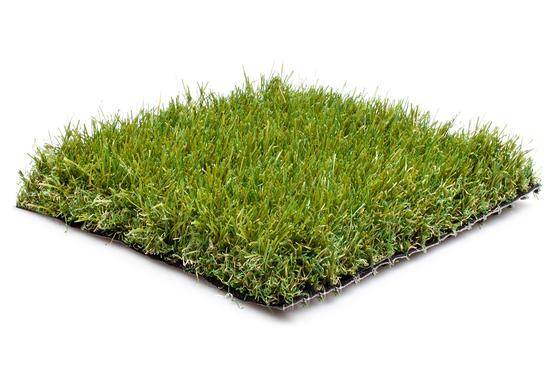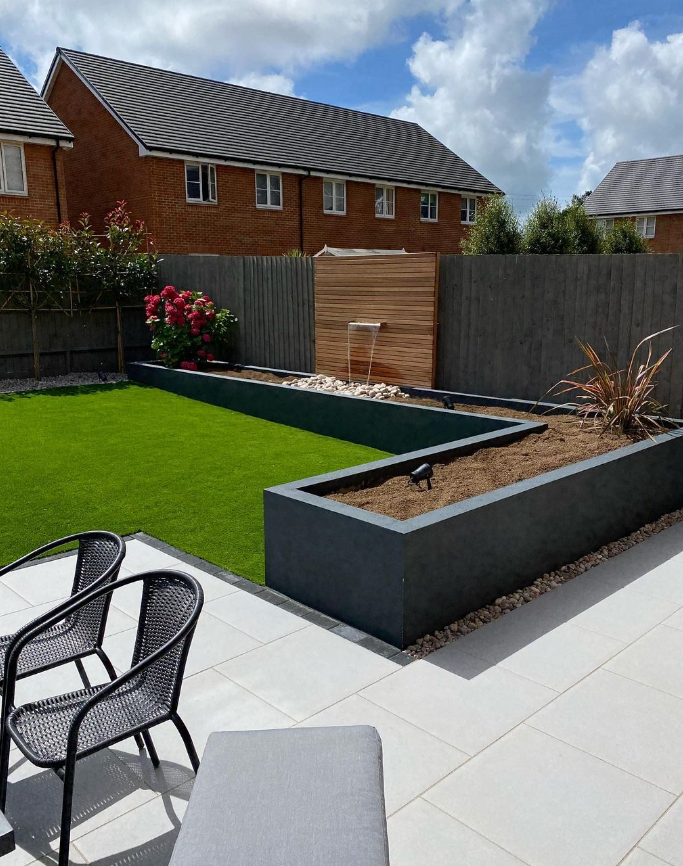
How to Combat Hayfever Season This Year
If spring leaves your eyes watering and your nose on strike, you're not alone. For lots of households, hayfever season tends to sneak in just as you're starting to enjoy the garden again. That scratchy throat and endless sneezing? It’s usually your body reacting to pollen — tiny, floaty troublemakers released by trees, grass, and weeds.
The thing is, allergy symptoms often flare up because of small triggers around the home and garden. But with a few easy tweaks — and a bit of forward planning — you can help keep those symptoms in check. Whether it’s checking the pollen count or swapping to artificial grass, simple changes can actually make outdoor life more bearable.
Monitor Pollen Levels Daily
So, here's the thing about pollen: it doesn’t hit the same every day. One morning might feel like a breeze, the next like you're living inside a tissue box. That’s why keeping tabs on the pollen forecast is such a useful habit — it gives you a head start before symptoms do.
There are three main types of pollen you’ll come across in the UK:
-
Tree pollen – peaks from late March to mid-May
-
Grass pollen – the main culprit, active from mid-May to July
-
Weed pollen – sticks around from the end of June right through to September
To track it properly, try one of these handy tools.
-
Met Office Pollen Forecast (UK-wide daily updates)
-
Wimbledon Pollen Count app
-
My Pollen Forecast UK – personalises alerts based on location
-
Zyrtec AllergyCast App – combines pollen data with symptom tracking
By planning your outdoor time around high pollen days, you can cut back flare-ups before they begin.
Keep Windows and Doors Closed
It’s tempting to fling the windows open on a sunny day — but during hayfever season, that’s basically an open invitation for pollen to move in. Those tiny particles drift inside and settle on furniture, bedding, and anything else they fancy, making symptoms worse without you even realising.
A few easy shifts at home can make a big difference:
-
Keep windows and doors shut during high pollen times (usually early morning and evening).
-
Use an air purifier with a HEPA filter to trap allergens.
-
After spending time outside, shower and change clothes to avoid spreading pollen indoors.
-
Create a “pollen-free zone” — maybe your bedroom or a favourite corner — where outdoor clothes, pets, and open windows stay off-limits.
It’s not about sealing yourself in — it’s just about giving your nose and eyes a little breathing room.
Wear Protective Clothing and Accessories

Now, this might sound a bit much — but what you wear actually plays a small, sneaky role in how much pollen sticks to you. That floaty stuff clings to hair, skin, and fabric, especially on breezy days. So, dressing with hayfever in mind can offer a surprising bit of relief.
Some helpful bits to have on hand:
-
Wraparound sunglasses – they help stop pollen from sneaking into your eyes
-
A wide-brimmed hat – keeps pollen out of your hair and off your face
-
Pollen-filtering face masks – especially useful when gardening or mowing
And once you're back inside? Chuck those clothes in the wash. Pollen tends to hang around on fabric, so washing up more often helps stop it from spreading across the house. Small change, big impact.
Use Allergy Medications
For lots of people, antihistamines are already part of the daily routine during hayfever season — a kind of invisible armour against sniffles and streaming eyes. But medication works best when it’s used right, and sometimes even small tweaks can improve how well it helps.
Here are some common options that might ease things:
-
Antihistamines – often taken daily to block allergy responses
-
Nasal sprays – help reduce inflammation and ease congestion
-
Eye drops – soothe irritation and help clear out pollen particles
Some work better when taken before symptoms kick in, rather than waiting until it’s all too much. And not all types suit everyone, so if you're unsure, it’s always worth chatting with your pharmacist or GP to find what’s right for you.
Just a small word of advice — always follow the instructions on the pack.
Opt for Artificial Grass
One of the sneakiest sources of hayfever irritation? Your own lawn. Grass pollen is a top trigger in the UK, and mowing only stirs it up more. If you're after something that looks lush but doesn’t make your nose rebel, artificial grass could be the long-term fix you didn’t know you needed.
Here’s why it works so well for allergy-prone households:
-
No grass pollen to kick up — so symptoms often ease right off
-
No mowing, no mud, no mess
-
Simple to clean with a quick rinse
-
Tough enough for pets and kids to run around on
-
Looks neat all year with barely any upkeep
Plenty of families who've made the switch have noticed a big drop in sneezing, red eyes, and itchy skin during hayfever season. It's not just about making the garden easier — it's about making it liveable.
If you're weighing it up, this guide on artificial grass vs real grass might help you decide what fits best.
You don’t have to rework your whole lifestyle just to make hayfever season bearable. Small switches can go a long way — and sometimes, changing your lawn might be the biggest relief of all. Artificial grass looks good, feels tidy underfoot, and crucially, doesn’t trigger allergy chaos the way real grass often does.
Want to try before you commit? You can get free samples sent straight to your door — so you can see and feel the difference for yourself.
Or if you'd rather talk it through, contact us and we'll help you figure out what’s best for your space. Less pollen, more peace — sounds like a decent swap, doesn’t it?


